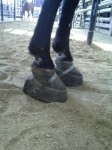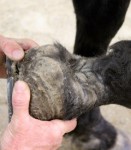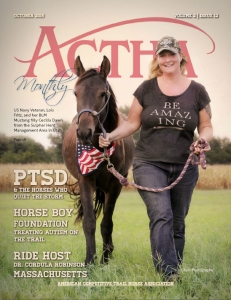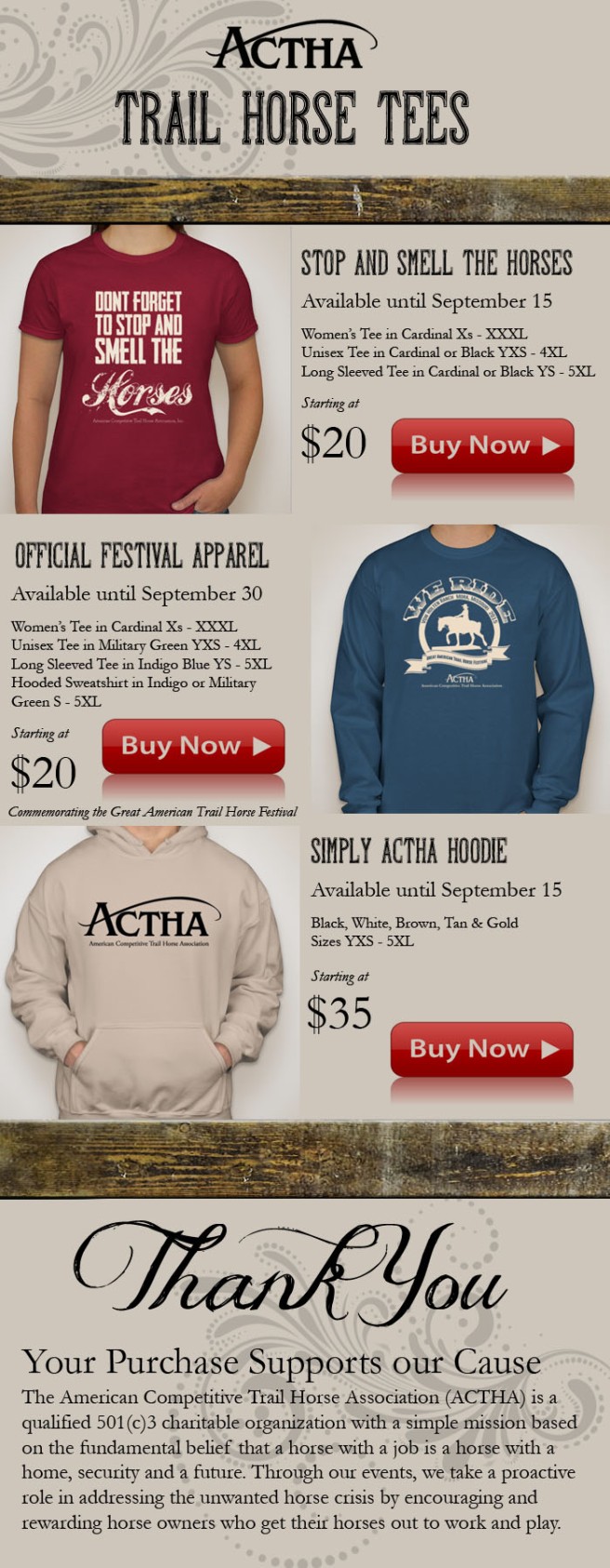ADDING LEG CUES
By Evon Montgomery
Objective: To continue adding skill and degree of difficulty to the back up. Learn how to get a smooth, soft, head level, pleasant to watch, diagonal pair- reverse. Depending on your division in the ACTHA event, you will be asked to do more challenging backing tasks. Things such as backing up hills, around turns or into noisy objects could all be requirements.
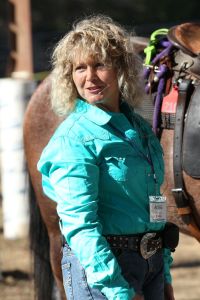
Last month we started by giving our horse a clue to our cue. If you went to the blog and read further you will recall the cue the rider learned taught the horse to rock back into “reverse “. The horse then learned how to “give” to the bit pressure, or “say yes” to the bit, and take one step back for each request.
Next, the rider learned the importance of immediately releasing the cue when the horse’s HIND foot moved back. If you have done this correctly, your horse will not be bracing against the bit. It will be soft and responsive; its head should be level and soft at the poll. The horse will be able to back smoothly for 3-4 steps.
Now, we can begin to use leg pressure. As always, each horse and rider team and situation may vary. These are basic rules that can be used with variations. The primary people I instruct are everyday riders who want to learn to be better equestrians and have an enhanced team with their horse. If I teach people to put leg pressure on the ribs as soon as they apply hand pressure to the bit, the horse and rider usually become confused. Head tossing, bracing, and possibly rearing could occur. I have found that teaching in stages create better results, both horse and rider understand what is expected of them and can remain calm.

Here is some homework -Make an observation: Watch someone back up, are they first putting the horse into ‘REVERSE’ or using their legs and reins at the same time. You may be surprised.
Okay, let’s continue the Back up.
Step 1: Prepare. In order for a horse to have a smooth calm back up, their mind must be in reverse as well as their body. In the January Blog, I discussed putting the “Cue” for the back up by lifting the reins “up” and holding gentle pressure until your horse actually responded by moving backward. We will continue and I will assume your horse is by now backing up straight 3-4 steps with no resistance, head down and mouth closed.
- As you graduate to an unperceivable cue, your hands should only have to lift a couple of inches above riding position to request the back up. Lift your hand gently to put your horse into reverse and soften its poll.
- Glance down for just a second and decide which of your horses front legs are “leading” out in front. Let’s say the Left leg is ahead for this exercise. (A better trained horse will stop “square”, in that case you can use either of your leg cues. )
- As you lift your reins evenly to reverse, apply your LEFT calf light and rhythmic until the horse moves the LEFT rib cage AWAY and the LEFT HIND foot moves back. Remember, horses must move AWAY from pressure, not into pressure.
- In the beginning only use one calf at a time. If you use both calves and the horse is not trained, your RIGHT calf will block the swing of the horse’s rib cage. Using your calf and not your heel is important. As you apply your calf, you will stay on your seat bone and the horse backs straight, not crooked. Using your “heel” on your horse’s side changes the angle of your pelvis causing you to lean forward on your pubic bone and giving your horse a mixed signal that may cause a twirl or crooked back up.
- After the horse moves its LEFT RIB and LEFT HIP, switch to your RIGHT CALF. Apply the RIGHT calf, light and rhythmic until the RIGHT side responds. Do NOT pull super hard on your horse’s mouth, just lift your hand lightly and steady. Cue ALTERNATELY with Left and right calves as many steps as you want to go. It will take a little time for you to get the “feel” of the ribs swinging. It is best if someone can watch or film you, then you will see as the rib swings, diagonal pairs are moving. If your timing is off, you will block the swing of the rib and stop the backward motion.
Step 2: Now add a turn while backing up.
- After the horse is backing easily with both legs it is time to “turn” the horse.. Set up some sort of poles or logs as a boundary to practice this maneuver. It will eliminate confusion for the rider as to where you are going and where you have been.
- Let’s back an “L”. Set up an “L” to the LEFT. First, walk into the “L” alley. This means you will be backing to the LEFT. But you will be using your RIGHT calf! Horses should move AWAY from pressure.
- Look STRAIGHT AHEAD. Cue your horse to back straight. Take a couple of back steps, now, you can look to the left a little bit when you think you are close to the turn. If you look left too much, you will lean into the center and your horse will be off of balance for the turn
- After you have reached the corner, STOP. Look forward again to straighten yourself up. Now switch to looking over your RIGHT shoulder. This will align your shoulder hips and heels to back correctly to the LEFT.
- Apply your RIGHT CALF in position 3, just behind the girth and begin to back again. Resist the urge to look both left and right rapidly while backing, it may confuse you or make you dizzy. In an advanced maneuver, you will use your LEFT leg to move the shoulder and your right calf to move the hip. You have to be coordinated and know the timing.
- Once the horse has completed the turn, STOP. Look straight ahead of you again so you can back STRAIGHT up out of the alley. Where your head and eyes are looking is very important. If you look down all of the time, you will confuse your horse and yourself.
- Remember use RIGHT calf while looking to the RIGHT to swing horses HIP to the left. Use your LEFT calf while looking to the LEFT to swing the horses HIP to the right. If you don’t get this. Practice with no boundaries, until you DO get the feel of it. There is less stress this way.
Now you can practice backing around barrels, between cones, doing figure 8’s. Use your imagination, be creative and have fun. If your horse is tossing its head biting your feet and looking confused, STOP. Evaluate where the situation went awry, figure out who is confused you or your horse. Do an ERASER* and come back. Take it slow and spend time enjoying the journey of learning.
Evonism *- ERASER = like a chalk board. Erase and start with a clean slate. Some of you will understand what a chalk board is..
Please feel free to contact me and request a maneuver that is giving you trouble.
Life is an Adventure, Saddle up and Ride ! Evon


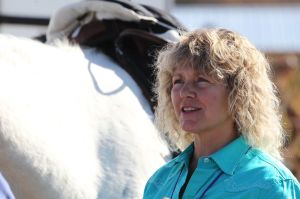

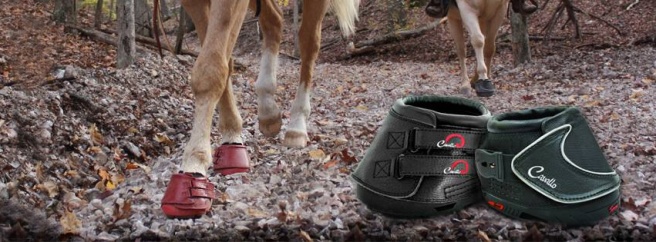
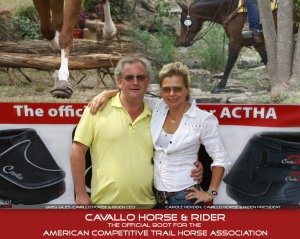
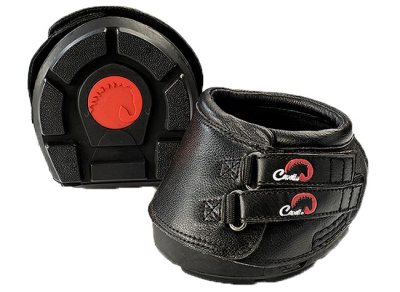 In 2006 we created the boot we’d envisioned. The funny thing was that after testing, trialing, and making all of the improvements we could ever foresee our customers wanting, our new hoof boot was still unnamed! We were about to attend the WESA trade show in Denver (the largest Western and English equestrian trade show in the world) and a name was needed – and FAST. Much like naming a long awaited puppy, it had to be right, had to describe what the boot really was, had to capture its essence. At home at our ranch, Greg and I we were playfully tossing our new, nameless hoof boot back and forth to each other across the room, trying to brainstorm by calling out its features. The thing that kept escaping our mouths, again and again was how refreshingly simple it was – and it occurred to us – why would we need any other name than that? Hence the name “Simple Boot”…… and we never looked back.
In 2006 we created the boot we’d envisioned. The funny thing was that after testing, trialing, and making all of the improvements we could ever foresee our customers wanting, our new hoof boot was still unnamed! We were about to attend the WESA trade show in Denver (the largest Western and English equestrian trade show in the world) and a name was needed – and FAST. Much like naming a long awaited puppy, it had to be right, had to describe what the boot really was, had to capture its essence. At home at our ranch, Greg and I we were playfully tossing our new, nameless hoof boot back and forth to each other across the room, trying to brainstorm by calling out its features. The thing that kept escaping our mouths, again and again was how refreshingly simple it was – and it occurred to us – why would we need any other name than that? Hence the name “Simple Boot”…… and we never looked back.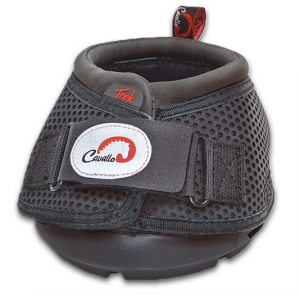 Last year we launched our new Cavallo Trek Boot. As in this case, new development can be brought on by external factors. Trek’s conception was fueled by an introduction to “Pro Mesh”; a technically advanced material. The developer of this new and technically advanced material suggested that TPU Pro Mesh would translate to a perfect hoof boot upper. We liked the idea right away. We already knew what our TPU soles were capable of and were excited that this strength could be extended to a boot upper. When we fully investigated the material, we found it to be durable, lightweight, flexible and incredibly hardy – taking the existing benefits our boots already offered to an even greater level. We successfully forged an agreement for Pro Mesh to be used exclusively, worldwide, for Cavallo Hoof Boots. For a product to truly succeed around the world, strong relationships must be cultivated.
Last year we launched our new Cavallo Trek Boot. As in this case, new development can be brought on by external factors. Trek’s conception was fueled by an introduction to “Pro Mesh”; a technically advanced material. The developer of this new and technically advanced material suggested that TPU Pro Mesh would translate to a perfect hoof boot upper. We liked the idea right away. We already knew what our TPU soles were capable of and were excited that this strength could be extended to a boot upper. When we fully investigated the material, we found it to be durable, lightweight, flexible and incredibly hardy – taking the existing benefits our boots already offered to an even greater level. We successfully forged an agreement for Pro Mesh to be used exclusively, worldwide, for Cavallo Hoof Boots. For a product to truly succeed around the world, strong relationships must be cultivated.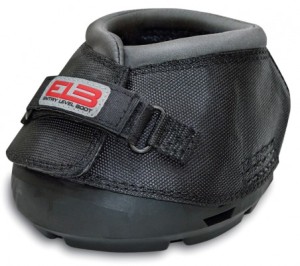 And, as all we do is in constant effort to grow, expand, develop and improve; we now announce the new ELB (Entry Level Boot). An exciting, game-changer: ELB is perfect for those still “nervous” about making the shift to becoming ‘barefoot and booted’. We wanted to offer easy access for riders to get into boots without a huge financial commitment.
And, as all we do is in constant effort to grow, expand, develop and improve; we now announce the new ELB (Entry Level Boot). An exciting, game-changer: ELB is perfect for those still “nervous” about making the shift to becoming ‘barefoot and booted’. We wanted to offer easy access for riders to get into boots without a huge financial commitment. It is 9:00 Friday morning and volunteers from Driving Magic, Inc. are preparing for a Magic Workshop: driving instructors are communicating lesson plans, horse handlers and certified drivers are busy grooming and harnessing, student assistants are staging teaching aids in the arena, on trails and in carriages, and activities volunteers are setting up art and crafts, refreshments and the picnic area. There is a little competition among volunteer teams for who will most quickly and thoroughly complete safety checks to be the first to enjoy warm-ups; and there is always a great sense of anticipation and sincere joy as 10:15 draws near, the time when the buses and cars from a local school’s special education class will arrive. While the teams perform final checks and test teaching aids on the sensory trail, the buses arrive. While many workshops are for teens or adults, this week 5 buses emerge carrying 25 pre-school students from Fort Daniel Elementary. That is when the magic begins for students, teachers and volunteers alike. Regardless of students’ special needs, each experiences this moment in a unique and profound way–the sight of horse-drawn carriages entering the arena, the thunderous sound of horse hooves, the trembling of the earth as carriages pass by the waiting area, the smell of the countryside that envelopes them, the pumpkin patch where they will be taken to by horse-drawn carriage to pick from a field of preschool-sized pumpkins.
It is 9:00 Friday morning and volunteers from Driving Magic, Inc. are preparing for a Magic Workshop: driving instructors are communicating lesson plans, horse handlers and certified drivers are busy grooming and harnessing, student assistants are staging teaching aids in the arena, on trails and in carriages, and activities volunteers are setting up art and crafts, refreshments and the picnic area. There is a little competition among volunteer teams for who will most quickly and thoroughly complete safety checks to be the first to enjoy warm-ups; and there is always a great sense of anticipation and sincere joy as 10:15 draws near, the time when the buses and cars from a local school’s special education class will arrive. While the teams perform final checks and test teaching aids on the sensory trail, the buses arrive. While many workshops are for teens or adults, this week 5 buses emerge carrying 25 pre-school students from Fort Daniel Elementary. That is when the magic begins for students, teachers and volunteers alike. Regardless of students’ special needs, each experiences this moment in a unique and profound way–the sight of horse-drawn carriages entering the arena, the thunderous sound of horse hooves, the trembling of the earth as carriages pass by the waiting area, the smell of the countryside that envelopes them, the pumpkin patch where they will be taken to by horse-drawn carriage to pick from a field of preschool-sized pumpkins.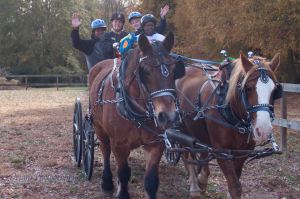 As the turnouts stand poised and ready for their special passengers, volunteers work to prepare each participant for his/her experience by fitting helmets and practicing commands or hand movements. Each participant is escorted into the arena to first greet his or her volunteer team, but the greatest excitement is in greeting the horse. Prince, a 1900-pound draft horse driving the wheelchair-accessible carriage, turns and lowers his head a scratch on the nose. As his student is situated in the carriage, Prince attentively listens to whatever verbal or physical commands his student can achieve, interpreting his student’s needs and the skills that will be learned today. This student, like most, prefers “come up” versus “whoa” because it takes him on a journey that he may not otherwise experience as a person with a disability. It is less about this student’s diagnosis than is it about his specific needs and the skills he can accomplish; skills that may be imperceptible to those who are able-bodied but mean so much to a person with disabilities, regardless of age or the severity of the disability. Perhaps the accomplishment is to use the reins to steer through a cones course or to learn that saying “gee” tells the horse to turn right; perhaps the objective is simply sensory or environmental – to calmly experience the movement and breeze as the horse-drawn carriage trots around the arena. It is an experience that promotes self-esteem and confidence and, most importantly, happiness. This is the magic of carriage driving for the disabled.
As the turnouts stand poised and ready for their special passengers, volunteers work to prepare each participant for his/her experience by fitting helmets and practicing commands or hand movements. Each participant is escorted into the arena to first greet his or her volunteer team, but the greatest excitement is in greeting the horse. Prince, a 1900-pound draft horse driving the wheelchair-accessible carriage, turns and lowers his head a scratch on the nose. As his student is situated in the carriage, Prince attentively listens to whatever verbal or physical commands his student can achieve, interpreting his student’s needs and the skills that will be learned today. This student, like most, prefers “come up” versus “whoa” because it takes him on a journey that he may not otherwise experience as a person with a disability. It is less about this student’s diagnosis than is it about his specific needs and the skills he can accomplish; skills that may be imperceptible to those who are able-bodied but mean so much to a person with disabilities, regardless of age or the severity of the disability. Perhaps the accomplishment is to use the reins to steer through a cones course or to learn that saying “gee” tells the horse to turn right; perhaps the objective is simply sensory or environmental – to calmly experience the movement and breeze as the horse-drawn carriage trots around the arena. It is an experience that promotes self-esteem and confidence and, most importantly, happiness. This is the magic of carriage driving for the disabled.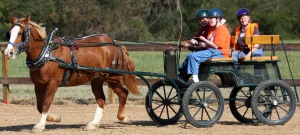 ted our business plan (this student still attends lessons on Sundays). While therapeutic carriage driving delivers such benefits as improved muscle tone, balance, posture and coordination, enhanced cognitive skills such as sequencing, spatial, environmental and directional awareness and improved motor planning, I believe it’s the freedom, empowerment, and confidence experienced by our students that makes the difference. Traversing Steadfast Farms to feel the wind, listen to the trees and frogs, stop to smell and taste the nectar on “honeysuckle row,” click to the clip-clop of hooves on the driveway and feel the cadence of the horse as it moves in walk and trot, touches students and volunteers alike. And yes, speed, the natural speed of a horse-drawn carriage, is appealing to many of our students; especially for those whose disability so severely impacts their ability to experience the world around them.
ted our business plan (this student still attends lessons on Sundays). While therapeutic carriage driving delivers such benefits as improved muscle tone, balance, posture and coordination, enhanced cognitive skills such as sequencing, spatial, environmental and directional awareness and improved motor planning, I believe it’s the freedom, empowerment, and confidence experienced by our students that makes the difference. Traversing Steadfast Farms to feel the wind, listen to the trees and frogs, stop to smell and taste the nectar on “honeysuckle row,” click to the clip-clop of hooves on the driveway and feel the cadence of the horse as it moves in walk and trot, touches students and volunteers alike. And yes, speed, the natural speed of a horse-drawn carriage, is appealing to many of our students; especially for those whose disability so severely impacts their ability to experience the world around them.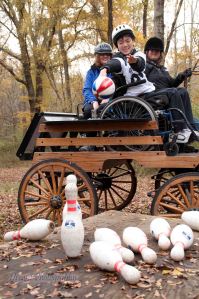 These are just some of the comments we hear when going through the interview process prior to a new student or group coming to Driving Magic, Inc. What continues to astound, amaze, motivate, and create this heartfelt love for what we do is witnessing just the opposite. With a thorough understanding of each participant’s needs, a well thought-out lesson and skills progression plan and the extraordinary connection between horses and people with disabilities, so much can be accomplished by individuals with mild to severe/profound disabilities. When a participant steps up into the carriage (or rides up the lift), grasps reins (or a noodle or communicator) and commands into action a horse so powerful yet so docile and loving, something changes…you may catch it subtlety or it blows you away. And you know that their life and yours will, thankfully, never again be the same.
These are just some of the comments we hear when going through the interview process prior to a new student or group coming to Driving Magic, Inc. What continues to astound, amaze, motivate, and create this heartfelt love for what we do is witnessing just the opposite. With a thorough understanding of each participant’s needs, a well thought-out lesson and skills progression plan and the extraordinary connection between horses and people with disabilities, so much can be accomplished by individuals with mild to severe/profound disabilities. When a participant steps up into the carriage (or rides up the lift), grasps reins (or a noodle or communicator) and commands into action a horse so powerful yet so docile and loving, something changes…you may catch it subtlety or it blows you away. And you know that their life and yours will, thankfully, never again be the same.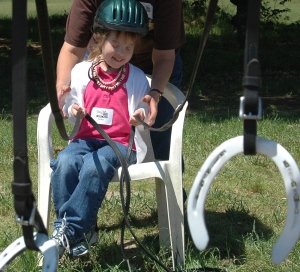 To Find Out More
To Find Out More
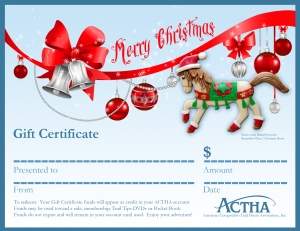



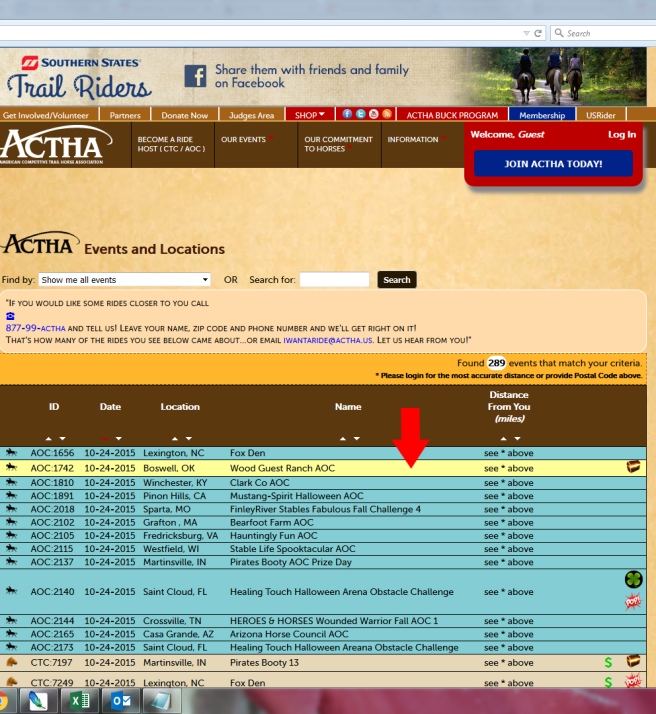
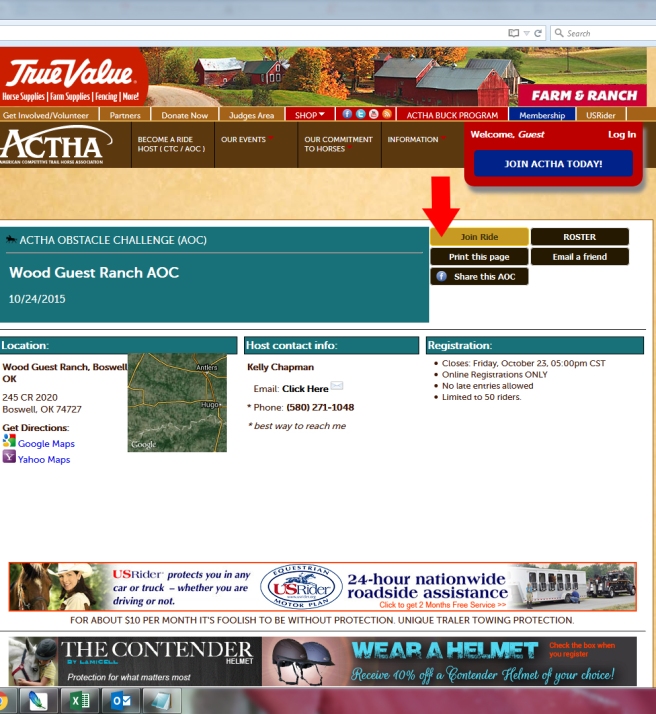

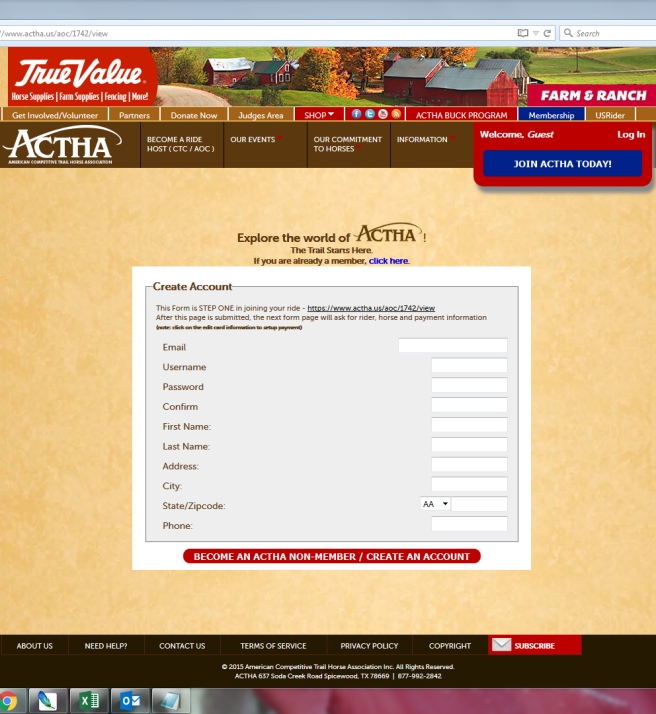
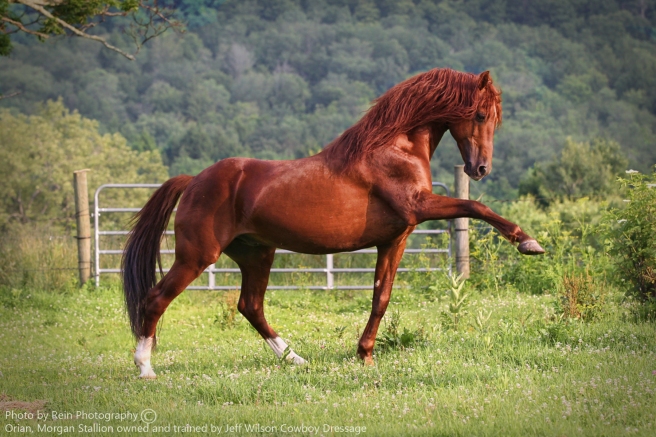 Today I will walk out, today everything unnecessary will leave me,
Today I will walk out, today everything unnecessary will leave me,
